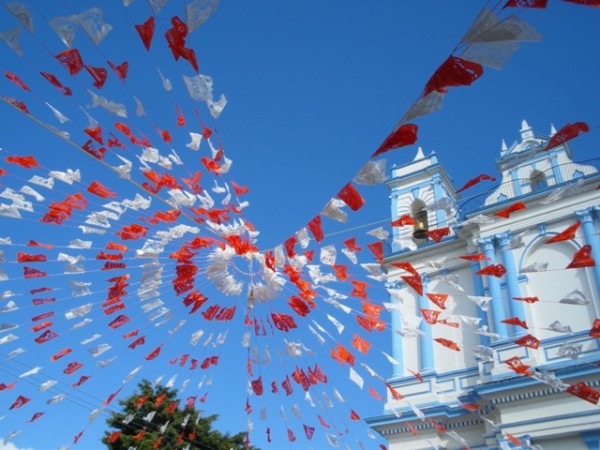Robert Louis Stevenson said ““I travel not to go anywhere, but to go. I travel for travel’s sake. The great affair is to move.” And yet in different parts of the world, the act of just “going” can give us a vastly different experience.
I have travelled extensively in Europe and the US, and here travel is easy. Roads are good, there is a decent rail network, low cost yet safe airlines, and a range of places to stay that will allow a good night’s rest. Contrast this with travel in Africa, parts of Asia or the former USSR. Transport is variable (it many places you need a driver to get anywhere), accommodation is not for the faint hearted, and security against individuals or the state is a real concern. Yet these places offer some of the greatest experiences on the planet- breathtaking landscapes, astounding hospitality by people untouched by mass tourism and a real sense of adventure in exploring some of the world’s remaining hidden treasures.
So is it possible to quantify the value of a destination against the effort we put in? Probably not in any meaningful way, but I thought it might be worth trying! So I made a little graph based purely on my own experiences and plotted my travels in the last two years. See what you think: I would love to receive your comments and disagreements!
 As I say, the graph is a bit of fun, and I certainly would’t recommend someone who is planning to go to Kyrgyzstan to change their plans and go to Argentina instead! In many places, as Robert Louis Stavenson said, the journey itself is the reward. Happy travels!
As I say, the graph is a bit of fun, and I certainly would’t recommend someone who is planning to go to Kyrgyzstan to change their plans and go to Argentina instead! In many places, as Robert Louis Stavenson said, the journey itself is the reward. Happy travels!

 Hire a local: a review of my Tripbod experience
Hire a local: a review of my Tripbod experience 